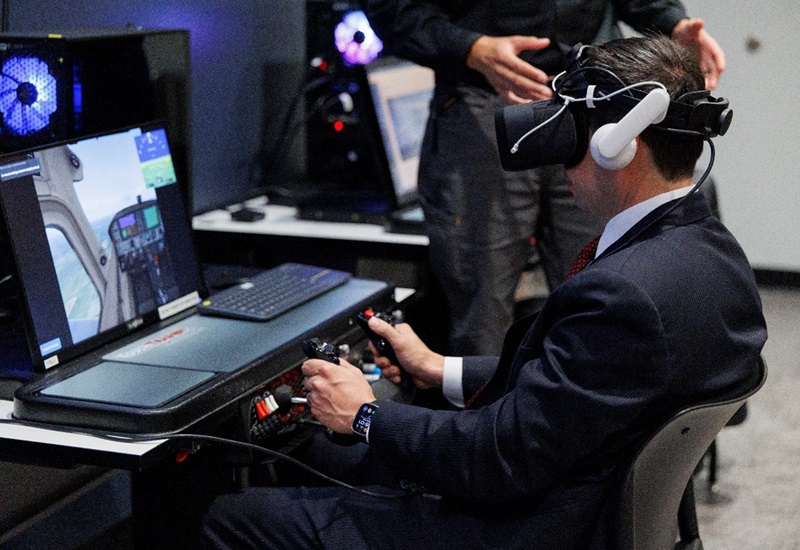
As Deputy Secretary of Labor, I’m passionate about helping American workers understand the power of artificial intelligence (AI) and empowering them to embrace it as a tool that can unlock new high-paying jobs, improved levels of productivity, and greater fulfillment in their lives. I believe AI represents a new frontier of opportunity for workers. To realize its full promise, however, we must take the steps that are outlined in the Trump Administration’s AI Action Plan, a bold strategy for America to secure global dominance in AI.
Under President Trump’s leadership, the Department of Labor will advance an important component of the AI Action Plan to empower workers in the age of AI by expanding AI skills development, evaluating AI’s impact on the labor market, and piloting new innovations to rapidly retrain workers. Through a second critical strategy, the Department of Labor will equip a skilled workforce for AI infrastructure by identifying priority roles, developing modern skills frameworks, and expanding pipelines of talent through career and technical education as well as apprenticeships.
In advancing these action items, the most crucial workforce capability that the Department of Labor is building is agility in the age of AI. The greatest workforce challenge posed by AI will likely not be job loss, but rather the speed of the change itself. As AI accelerates shifts in talent and skills needs, the workforce system must adapt in real time or risk falling behind.
One example of building this capability in the AI Action Plan is the Department of Labor’s plans to launch an AI Workforce Hub in January as well as a set of innovation pilots. Together, these actions provide the infrastructure to process—on an ongoing basis—the collection of more data and research on AI’s impact on the labor market, translating those insights into concrete policy and program implications and piloting innovative new models to address emerging workforce opportunities and challenges.
A second example of building this capability into the AI Action Plan is the talent pipeline for AI infrastructure jobs. As America identifies potential talent shortages that impact our national economic goals, we need quick reflexes to swiftly and effectively address those gaps. That means:
- defining a unified strategy across relevant federal agencies,
- partnering closely with industry to align the skills and training necessary to address the gap, and
- prioritizing the necessary exposure and training across all relevant education and workforce programs.
The reality is that we can’t be sure exactly how the capabilities of AI will evolve in the coming years, but we can be certain that our workforce system cannot remain stagnant. The Department of Labor’s advancement of the AI Action Plan represents a bold step forward in building the agility needed to navigate this wave of economic transformation.
The Department of Labor is proud to support President Trump’s vision of American leadership in AI and eager to advance all actions necessary to bring economic prosperity to American workers.
Keith Sonderling is the deputy secretary of labor. Follow him on X, Instagram and LinkedIn.

 U.S. Department of Labor Blog
U.S. Department of Labor Blog